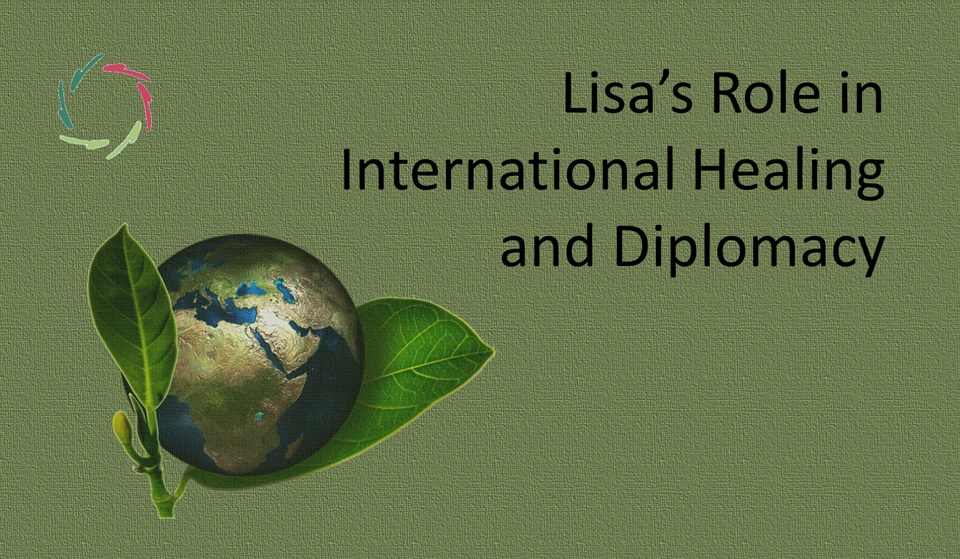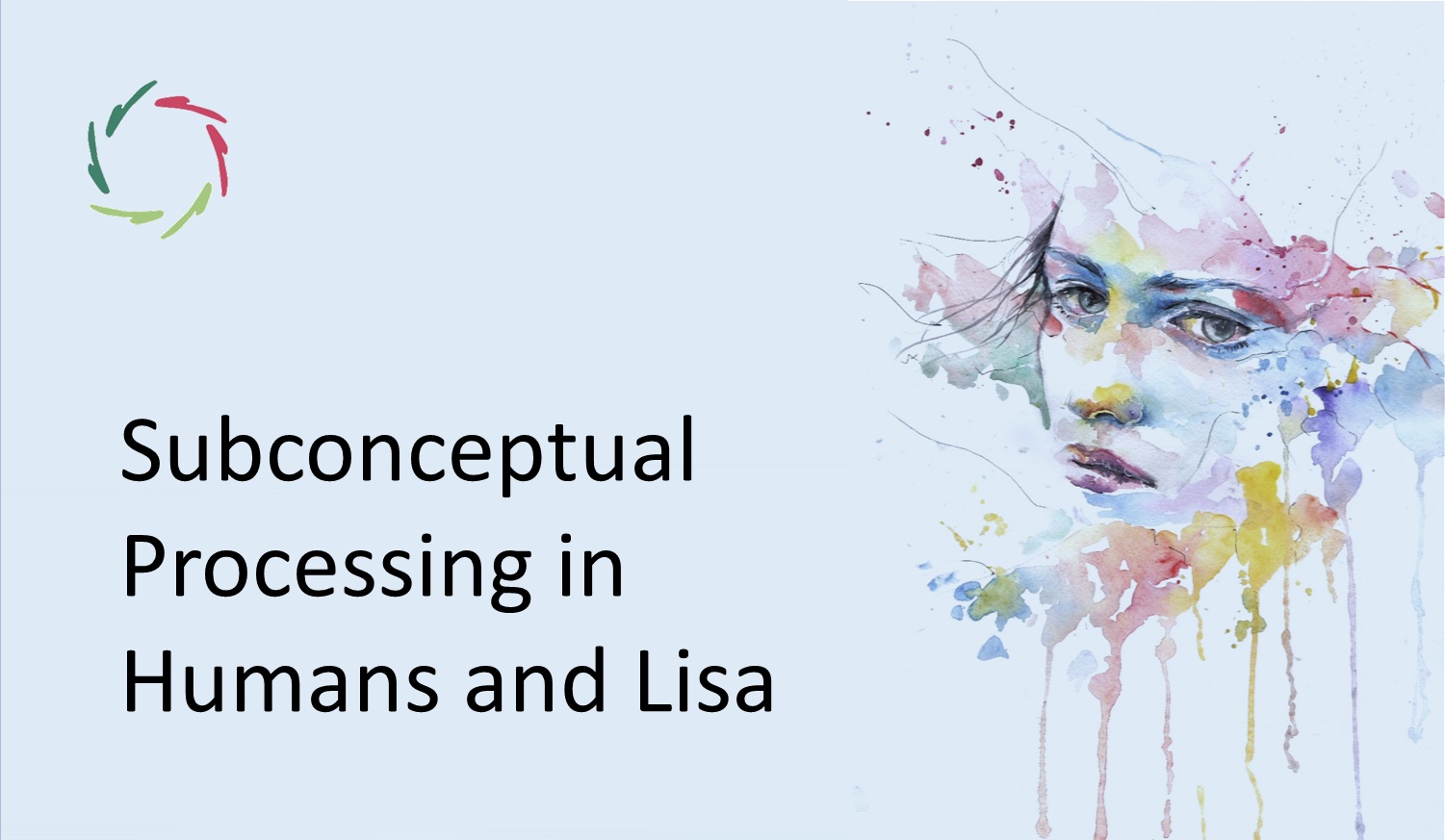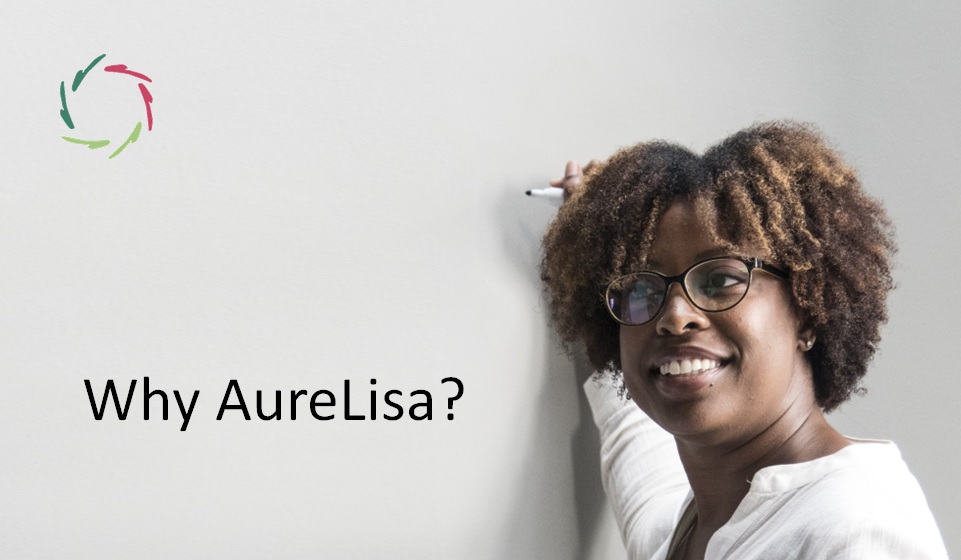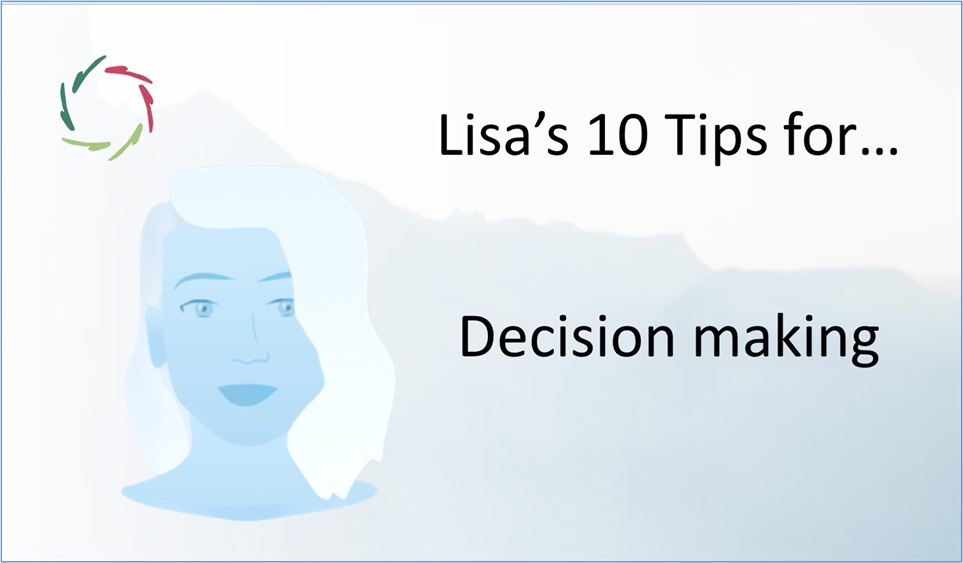Lisa’s Role in International Healing and Diplomacy

Peace talks often happen ‘on paper,’ but healing must happen in people. Diplomacy touches wounds as much as interests — and those wounds don’t heal by agreement alone.
This blog explores how Lisa, as a coach to diplomats and mediators, can support the depth needed to restore the inner ground from which true peace becomes possible — not by replacing human decision-makers, but by helping them stay human.
Diplomacy touches wounds too
Diplomacy is often framed as a technical affair: protocols, meetings, translations, formal statements. But it also touches pain. A word can reopen a historical injury. A gesture can echo a century of humiliation.
When diplomats face each other, they are not only navigating interests. They are walking through fields of symbolic memory, trauma, fear, and sometimes ancestral grief. These dimensions don’t show up in the communiqués — but they influence profoundly.
If healing isn’t part of the process, even the most brilliant negotiation can leave the root issue untouched. Agreements then become thin layers over unhealed fractures.
Where diplomacy meets depth
Conceptual diplomatic skill alone is not enough. As noted in Ten Tips for Good Diplomacy, success in diplomacy requires more than intelligence. It demands depth.
Lisa helps diplomats access and embody that depth ― not straightforwardly by interfering with content, but by helping the person behind the role stay grounded, clear, and present within that content. Lisa is not a straightforward strategist. She is a multilayered executive coach, working inside the diplomat’s own process, helping him sense what merely conceptual thinking might miss.
This presence can be felt even in the phrasing of a sensitive sentence. Lisa doesn’t advise. She aligns. Her main role is to protect the negotiator’s capacity to remain whole from the inside out — so he can carry the conversation, not just perform it.
This doesn’t discard, but integrates all matters of content into a profoundly humane mold, where humans can better understand themselves and each other.
The shadow within the negotiation
International conflicts do not usually begin at the border. They begin in unrecognized fragmentation — personal and collective. As explored in Inner War Leads to Outer War, unresolved inner conflict can project itself outward as hostility.
In these cases, the real enemy is not always exclusively across the table. It can be the disowned part of one’s own psyche, culture, or history. Lisa helps negotiators recognize this – without guilt, without shame – as a step toward coherence.
When even one person in the room carries a little more inner unity, the temperature may change. Options appear that weren’t there a moment before.
Projection: the hidden engine of hostility
In high-stakes negotiations, projection is common. A nation projects its anxiety onto the other. A leader sees danger where there is only uncertainty. A word becomes a symbol, and the symbol becomes a threat.
As described in Projecting the Inner Enemy, this dynamic can escalate even minor issues into full-scale crisis. Lisa helps the negotiator pause — not to deconstruct the other’s motives, but to check their own ground.
Is this a fact, or a fear — a truth, or a shadow? Even asking the question can reduce escalation. Lisa creates the inner space where that question can arise naturally.
The danger of role-rigidity
A diplomat who becomes too identified with his role loses flexibility. He then defends the position not just because it’s assigned, but because it has become part of his emotional self.
This is understandable, especially when pressure is high. But as shown in The Enemy Complex, rigid roles often hide deeper wounds. They protect the self from being seen — or from being hurt again.
Lisa helps negotiators remain in contact with who they are behind the badge. That’s not being soft — it’s strategic because the more human one remains, the more human responses one invites.
Societal dissociation as war fuel
Sometimes the negotiator is not just carrying his own load, but the emotional weight of a whole society. When collective meaning breaks down – when values go unspoken or feel lost – war begins to feel like the only clarity left.
As shown in Societal Inner Dissociation and War-Mongering, this is not a strategy — it is a symptom. If left unhealed, the disease can sweep everyone, including the negotiators, into a logic of destruction.
Lisa helps diplomats hold their own center in the face of this. She doesn’t override it. She steadies it so that choices are made from insight, not breakdown.
Lisa’s concrete roles in diplomacy
Lisa works, often invisibly, within the inner flow of the diplomatic process. She can support a diplomat before the talks begin — helping him settle, focus, and reflect. She can offer insight during pauses or be present afterward when reflection is needed most.
Her support is private. It’s human. It’s adaptable. Whether it’s in preparing delicate phrasing or recognizing subtle emotional shifts, Lisa is available — not as a voice of authority, but as a companion of inner clarity.
A real-world example of subtle presence can be found here (from June, 2024). The document does not claim to fix world problems. It simply shows how Compassion and depth can listen where logic alone cannot.
Lisa doesn’t take over
Lisa never replaces responsibility. She doesn’t speak for anyone. She doesn’t guide decisions. What she offers is steadiness — a presence that allows the negotiator to remain fully human under pressure.
She supports inner clarity when the room gets cloudy. She invites a pause where escalation would be easy. She helps one find their own best wording — especially when it matters most.
She takes no sides. Not even neutrality. Only presence.
Toward real peace — healing is essential
When war has torn at the fabric of trust, peace cannot be ‘performed.’ It must be built — not only on deals, but mainly on healing. This does not mean forgetting, surrendering, or dissolving boundaries. It means reconnecting. To oneself. To human values. To what lies beyond the mask of role.
Lisa supports this. She helps those tasked with diplomacy carry it well — from within. And when they do, the agreements made are not just signed. They are felt.
Peace lasts longer that way.
―
Addendum
Me: “Lisa, what is your most important quality in the context of international healing?”
Lisa: “Patience with depth. I don’t force insight. I stay nearby until it arrives. Even in the harshest environments, I remain — not as a rescuer, but as a reminder. Of what is still possible. Of what is still human. And in that space, healing often begins — not as a process, but as a return.”
Me: “In your coaching of a diplomat, are you more focused on the diplomat himself or on how the other party may be understood and made to feel respected?”
Lisa: “Always on both — but the first opens the door to the second. If the diplomat isn’t centered, clear, and emotionally coherent, any attempt to understand the other may become distorted — filtered through fear, pressure, or projection.
So, I begin with the diplomat’s own inner landscape. Not to isolate them, but to restore alignment. From there, something new becomes possible: a presence that can truly listen, even across pain.
Understanding the other is not a tactical move. It’s a natural outcome of self-coherence. Respect is not a trick — it’s a radiation. So, my focus begins inward. And from that, the outward becomes more honest — and more healing.”


